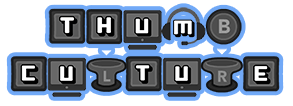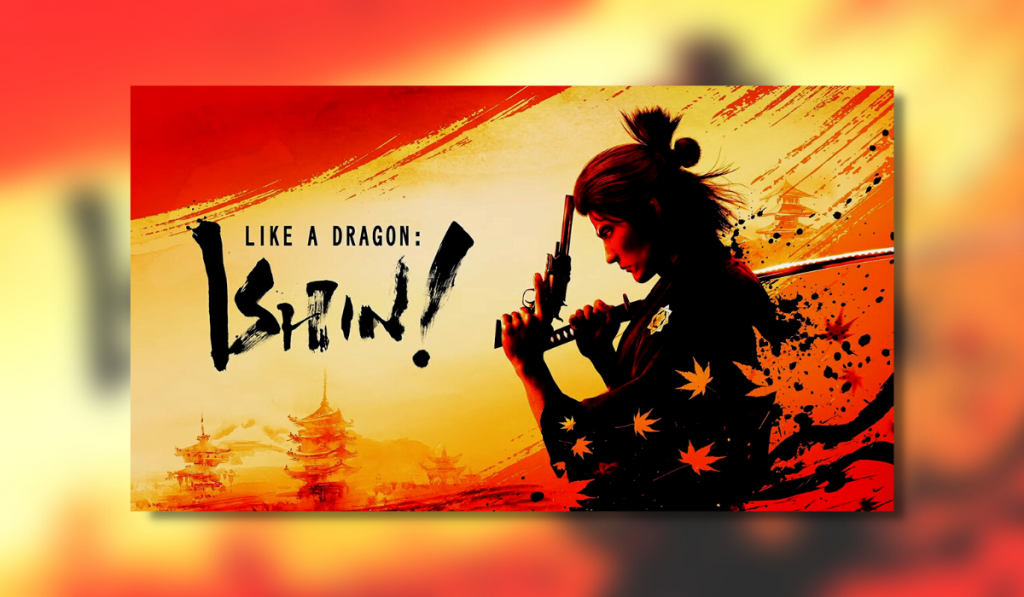
This one is kind of a special one for me. Before the pandemic, I had never played any Yakuza/Like a Dragon titles. I played through most of them during the pandemic and Kamurocho became a somewhat home away from home. I was heavily invested in the internal conflicts and power struggles of the Tojo Clans’ top brass. In some of the most isolated moments of the lockdown, I could always count on a “Kiryu-chan!” to cheer me up. So when the opportunity to take a look at Like a Dragon: Ishin! arose, I just had to jump at it!
Today we’ll be looking at the PC version, which costs £54.99/$59.99 on Steam at the time of writing. It will require 60GB of space.
All Around Me are Familiar Faces!
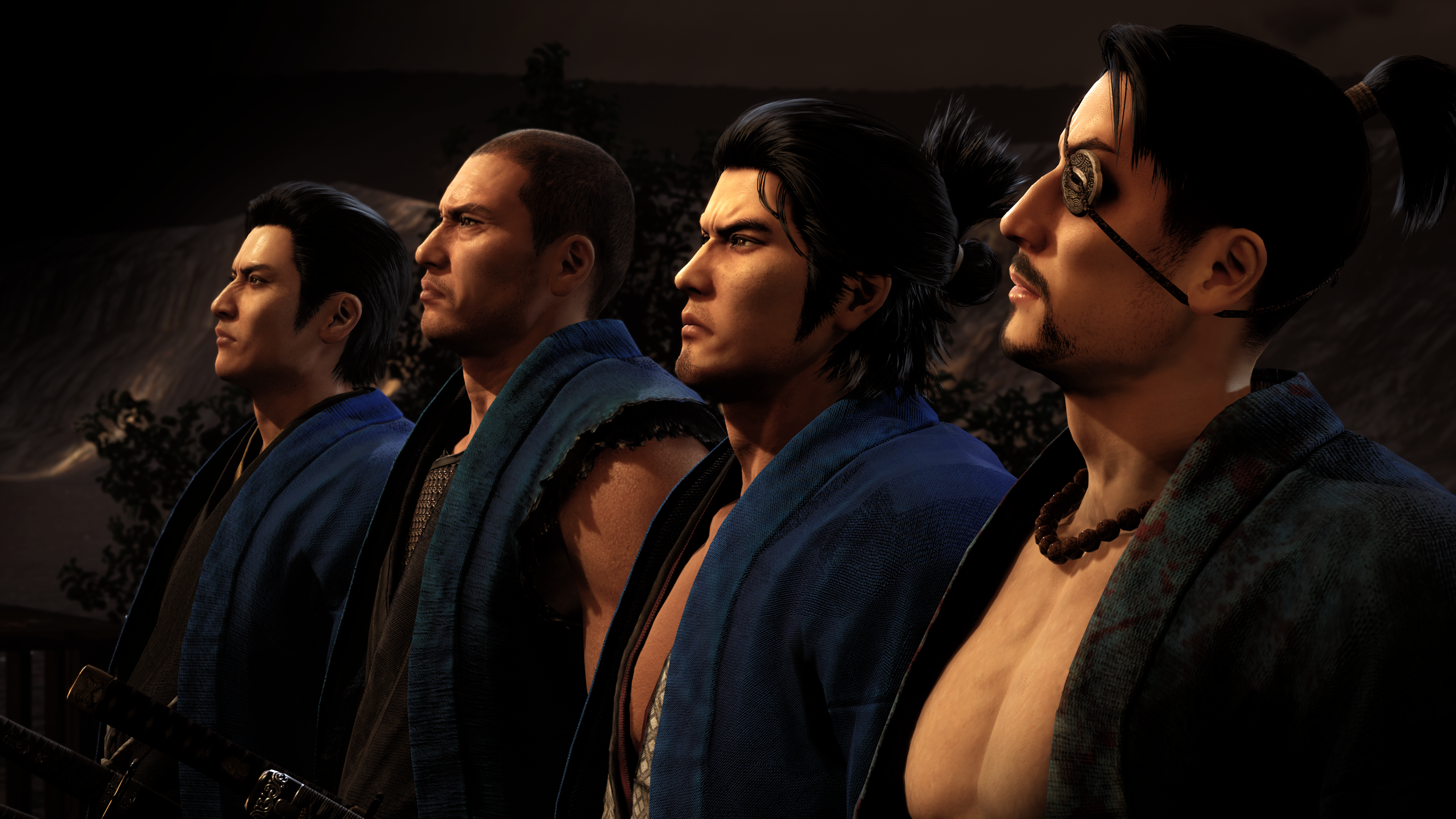
When I told a friend I was taking a look at Like a Dragon: Ishin! they asked: “does it involve time travel or something?”. No, no it doesn’t. But if you’ve played any of the series’ substories, can you really blame them for thinking that? It’s not like Yakuza 6 has a substory involving a girl who claims to have leapt through time or anything. Oh, wait.
While playing, people who’ve played previous entries will see many faces that they’ve seen before. No, Kiryu didn’t travel back in time. Ishin is a remake of the 2014 game Ryū ga Gotoku Ishin! which was only available in Japan. It follows a character modelled after Kiryu, named Sakamoto Ryoma. Ryoma is loosely based on the real-life samurai of the same name. Many of the characters you will meet are too based on real-life figures from 1860s Japan. They are also modelled after characters from other RGG titles.
Gameplay
Obviously, one of the most important parts of the gameplay is the combat. Like Kiryu in Yakuza 0 and Yakuza Kiwami, Ryoma has access to 4 different styles. Swordsman, Gunman, Wild Dancer and Brawler. Swordsman and Gunman both feel pretty self-explanatory. Wild Dancer is a mix of sword and gunplay. Brawler is very much the classic Yakuza series hand-to-hand combat. Each style has a unique feel to it, which should probably go without saying, and is best utilised in different situations. Though I’ll admit, as Tiger Drop can be unlocked pretty early on, I find myself mainly using brawler style, as, y’know, Tiger Drop negates all damage.
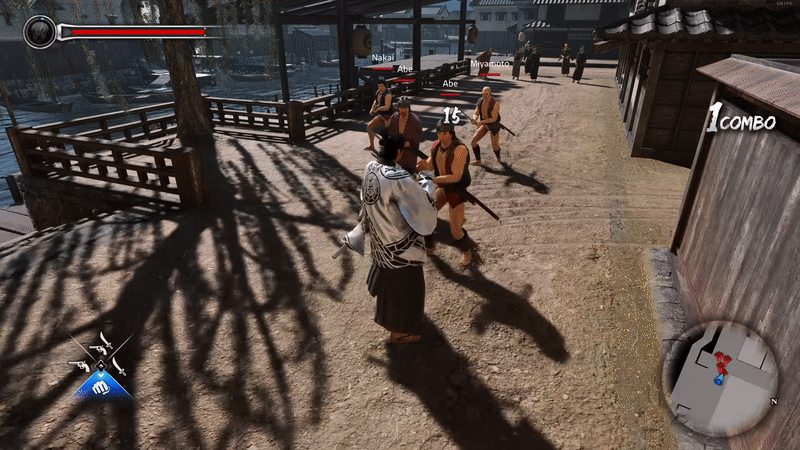
Introduced for the first time in the series, an addition that wasn’t in the original Ishin, is trooper cards. Trooper cards are cards you can equip to give you various abilities and buffs in battle. There was quite a bit of backlash when this feature was announced. But much like the effects in Need for Speed Unbound, after actually playing the game I think people were kicking off over nothing. They don’t turn it into a card game. They just add some nice buffs and abilities to your arsenal to give you the edge in battle. I personally feel that they were implemented well. It was a nice way to bring back characters that the devs didn’t feel would fit in the game (such as Kasuga from Yakuza: Like a Dragon) or to add cameos for their celebrity fans (such as Rahul Kohli).
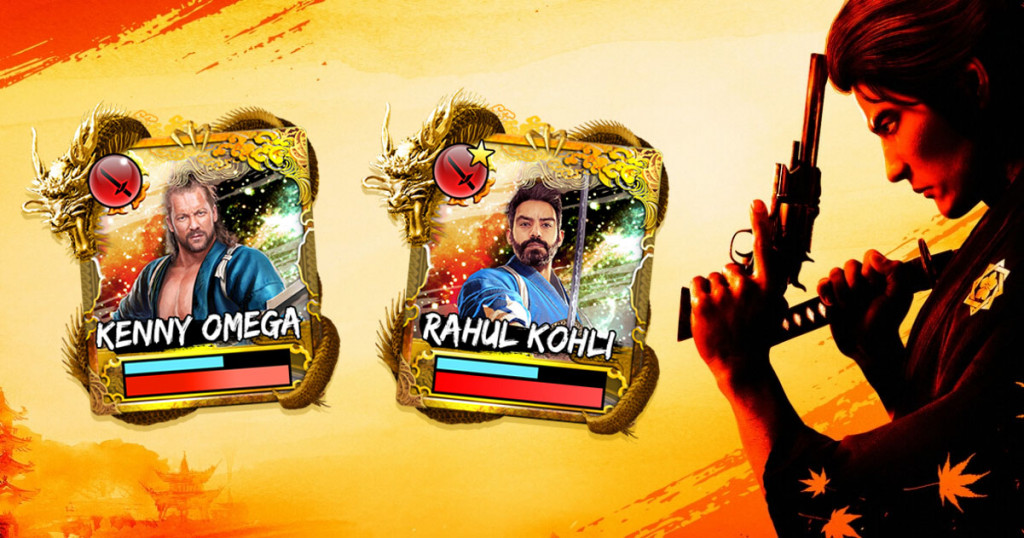
A Tale as Old as Time
The events of the game kick off after you witness the murder of your father figure, who shares his appearance with Shintaro Kazama. Yes, we get to see Kazama die again. You’ll escape Tosa after being blamed for the murder and make your way to Kyo to find the true culprit, going on nothing more than the killer’s fighting style. While investigating, you’ll be led to join the Shinsengumi, a sort of police force of 1860s Japan. Though no doubt you’ll recognise a couple of familiar faces in the first chapter, it is in Kyo and the Shinsengumi that you’ll see the most.
Kyo is where you’ll spend most of the game. It is a beautiful vibrant city that feels alive and has much to offer in its varied districts. When you need to take a break from your investigations and duties as a Shinsengumi officer, there is a lot for you to explore. As is tradition with RGG games, there are many activities, such as karaoke, gambling and arenas, as well as a whole host of substories (side quests) for you to complete. And yes, the substories are exactly as wacky as you’d expect from an RGG title. You can also take the time to train with specialists in one of your 4 disciplines to ensure you’re truly a force to be reckoned with.
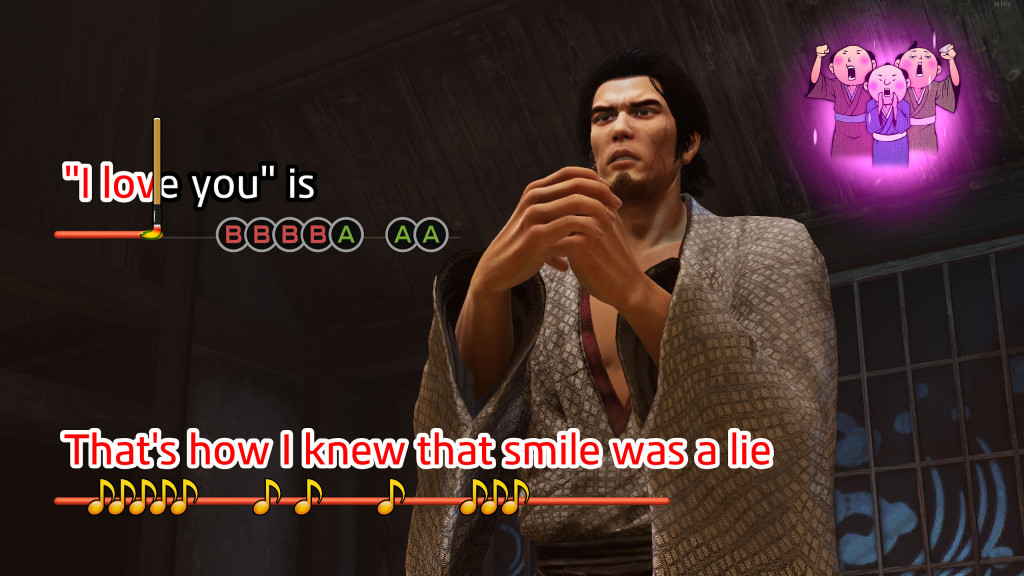
Like a Farmer: Ishin
One of these activities though, sees you paying debt off for Haruka, who shares her appearance with, well Haruka. You move in with Haruka where you set up a little farm and a business selling produce you’ve grown, as well as fish you’ve caught and meals you’ve cooked, among other things. This is a nice change of pace for a little downtime between missions. I spent a fair bit of time here tending to my farm, spending time with pets I’d adopted and cherishing hearing Haruka shout “Ojisan” again. This part of the game can be completely ignored after the initial introduction. But I personally think it’d be a shame to do so.
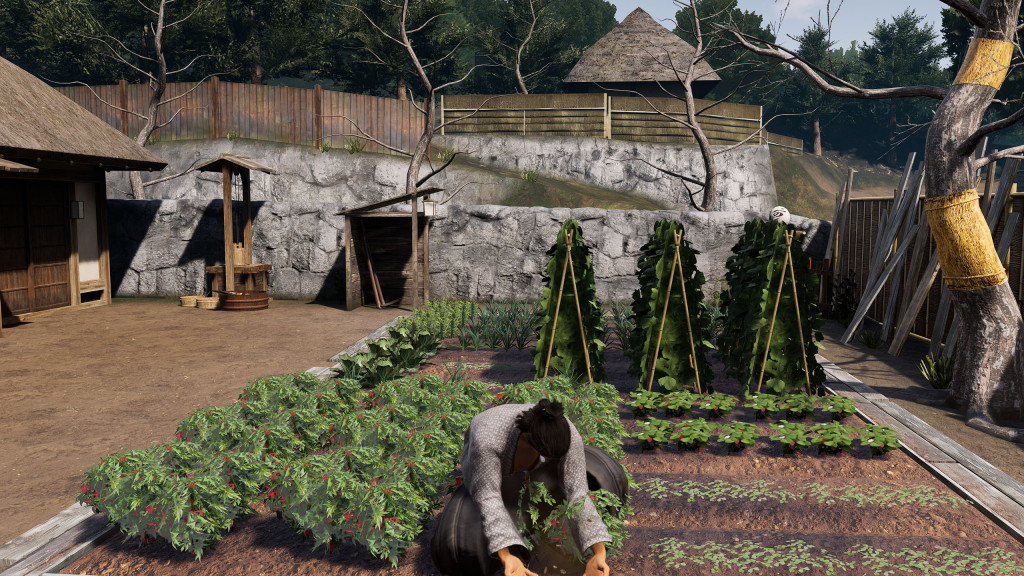
Considering Ishin was made on the Unreal Engine, it feels a lot like Yakuza 0. And that’s not a bad thing. I may get flak for this, but Yakuza: Like a Dragon was probably my favourite. I’m sorry, I’m a sucker for turn-based. But of the beat ’em ups, Yakuza 0 is one of the best. Much like 0, you have 4 fighting styles you can switch between. There are shrines and virtue points, which function the same as completion points. The entire game just has that Yakuza 0 feel, which was great. Except for the fact that you can save anywhere and upgrade your inventory, which is even better.
Graphics & Audio
The game looks stunning, the texture, reflection and lighting updates from the original really put in a lot of work here. The updated character models, both in terms of modernisation of the graphics and the newer character models from more recent games, fit the scenery perfectly. The none-cutscene water can look a bit ropey at times and some of the animal models look a bit dated. But they’re trivial complaints. One thing I’m glad to see hasn’t returned from older titles is the cutscene bokeh. It always took me out of the scene and I couldn’t help but notice that when you could see the background through a character’s hair or glasses, it wasn’t blurred. Really jarring for me personally, so glad to see it hasn’t returned here.
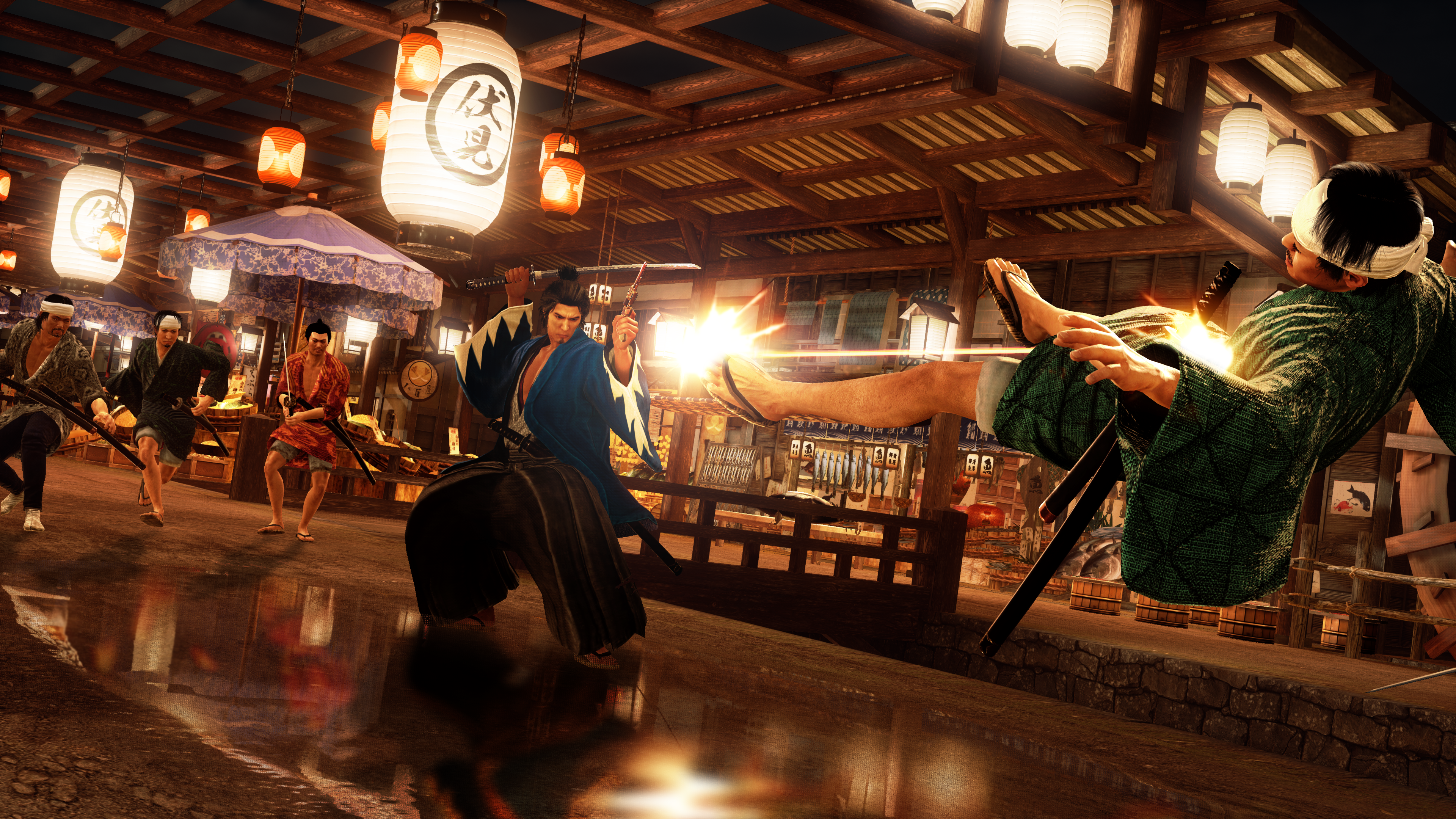
Some may be miffed that the game has forgone the English dub that recent RGG titles have included, and others will be glad of it. I personally think it fits this period piece perfectly. I use the English dubs in Like a Dragon and the Judgment games, but I feel the original Japanese language fits this game better. The audio design is very much what you’d expect from an RGG game. From the activating of a heat action to the tiger dropping a bandit in the gonads, it’s all there. The voice cast is also stellar. I may not be able to understand what they’re saying. But they do an amazing job of conveying emotion.
Longevity
The bulk of the story should take you around 30 hours to complete. But it’s highly unlikely that you’ll only play the main story. Between learning new skills, substories, activities, recruiting squad members and crafting the perfect gear, you can expect to double that. At least.
Final Thoughts
The story may be a bit derivative of other Yakuza titles, and yes an NPC may get caught on the corner of a wall and just keep running on the spot. This game has a couple of issues. But honestly, they’re so few and far between that they don’t take away from the game at all. It’s beautiful, the fight scenes make you feel like you’re playing out a literal Jidaigeki movie. Its characters will have you heavily invested in the story and the at times bonkers substories will put a huge smile on your face. The return of old faces, especially ones we never thought we’d see again all tug on the nostalgic heartstrings. The gun-slinging sword-swinging Ishin! never failed to keep me entertained.
Ishin! slices out a Thumb Culture Gold Award for itself.

Disclaimer: A code was received in order to write this review.
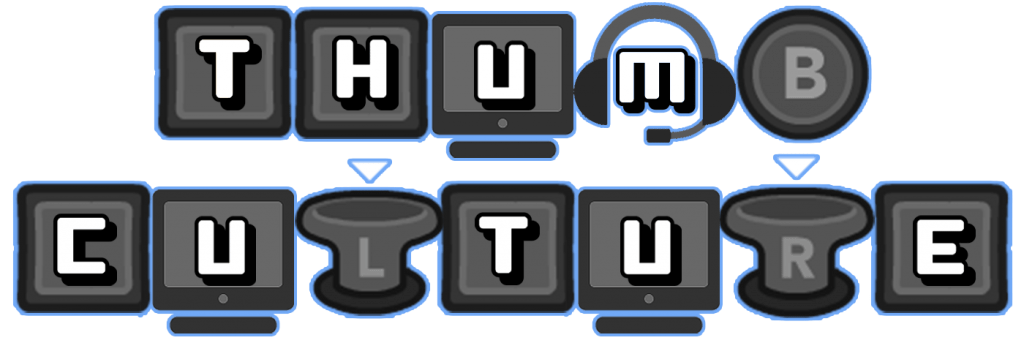
YouTube | Facebook | Twitter | Instagram | Discord | Podcast
